If you click on a link and make a purchase we may receive a small commission. Read our editorial policy.
Star Wars: How Attack of the Clones inspired a cadre of Clone Trooper cosplayers
Episode II was the catalyst for cosplayers to create Clone Trooper suits.

When George Lucas’s Episode II: Attack of the Clones in 2002, he finally pulled the curtains off of a long-imagined aspect of Star Wars history: the Clone Wars. Uttered in a bit of a throwaway line by Obi-Wan Kenobi in 1977’s A New Hope, the phrase ignited the imaginations of countless fans, but depicting the events of the conflict had long been off-limits to tie-in writers and artists.

It’s the final act of the film that finally shows off what we’d long been awaiting: a titanic clash between the Republic and Separatists as gunships laden with armored clone troopers dropped from the sky to rescue a group of Jedi Knights who were encircled by battle droids. It’s an awesome moment in the film, and in revealing who the Clones for the first time, the film has become the foundation of an incredible wave of Star Wars costuming that’s persisted ever since.
Star Wars has long been a haven for cosplayers: the films have a wealth of costumes to draw from, and for decades, the white-armored Stormtroopers have been a cornerstone of groups like the 501st Legion. Those costumes have long been readily available within fan circles: run several sheets of plastic through a vacuform and you’ll have all the parts that you need to make one of those iconic costumes.

With the release of Episode II, Lucasfilm designers drew on the design of the original troopers to create a similar — yet distinct — version of the armored troopers, showing that the those troopers that we’d grown up watching had some deeper roots in the fabric of the world.
From there, the clones flourished: books like Karen Traviss’s Hard Contact, stories like Aaron Allston’s “The Pengalan Tradeoff”, video games like Republic Commando, and Cartoon Network’s short animated series The Clone Wars fleshed out the anonymous clone troopers as we waited for the arrival of Episode III: Revenge of the Sith, where we once again saw the clones — now arrayed in a rainbow of colors — in action as the Clone Wars raged throughout the galaxy. In the years that followed Episode III, Lucasfilm returned to the conflict with another animated series, one that put many of the formerly-anonymous clones front and center.

Over the course of all of this, the Clone Trooper armor has become a popular choice for aspiring Star Wars cosplayers. That’s a little surprising, given the rough reception that the prequel trilogy was originally greeted with. Seeing an Attack of the Clones-style Clone Trooper (a phase 1) is still a bit of a rare thing. But as time goes on, memories and attitudes have softened toward those films, in no small part because of the rehabilitation that they’ve undergone because of the excellent storytelling and characters that The Clone Wars introduced over the course of its run.
Clone Trooper costumes are now fairly common in conventions and on social media: throw a rock, and you’ll likely hit someone working on a Captain Rex, Hunter or Wrecker, or any of the dozens of clone troopers who’ve popped up over the years.
It’s not hard to see why: the clone armor is an elegant design: its sleep helmet draws from the franchise’s Mandalorians, and exudes a sense of speed and streamlined effectiveness, while the armor feels considerably ready for action, with a broad chest, armored knees and elbows, and bits and pieces of equipment like comm pads and belts, not to mention their massive DC-15 blasters. As they stormed into the Geonosis arena, we saw that they were ready for action.

But moreover, Attack of the Clones did something novel with its troopers. While we’ve seen variations on the troopers in the original trilogy in the form of the Snow and Scout Troopers, we see Clones that are set apart from one another with colored stripes: green for sergeant, red for captain, blue for lieutenant, and yellow for captain. As the franchise progressed from there, units got their own markings, giving those troopers their own identities. The white armor is the perfect canvas for imprinting one’s individuality for the world to see, allowing not only the characters to express themselves, but the cosplayers who dress up as them.

Even those troopers who want to stick with the plain white armor have that option: every scuff mark, scratch, and blaster scoring has the ability to convey a story about what that character’s been through. Every time I’ve stepped out in my own AOTC-style trooper, someone remarks that it looks like I’ve seen some sort of action.
It might not have seemed like it at the time, but in 2002, the design of the Clone Trooper has become the foundation for an entire generation of stories and costumers, one that allows for endless permutations and variations that we’ll likely see for the next 20 years.
Follow Popverse for upcoming event coverage and news
Find out how we conduct our review by reading our review policy
Let Popverse be your tour guide through the wilderness of pop culture
Sign in and let us help you find your new favorite thing.


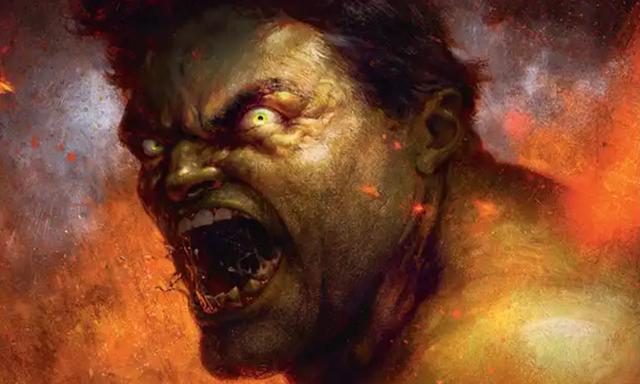
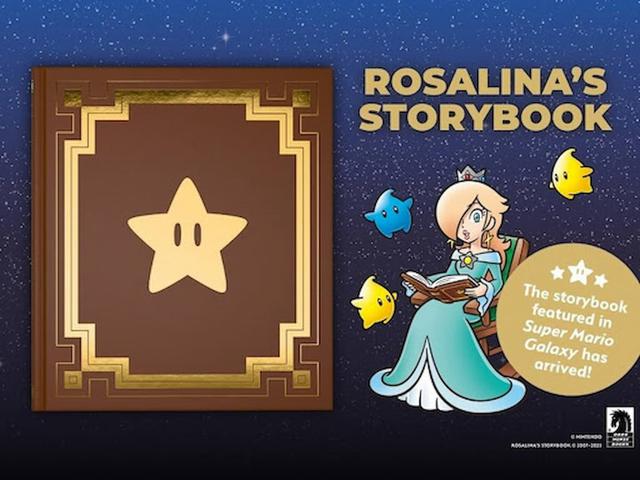


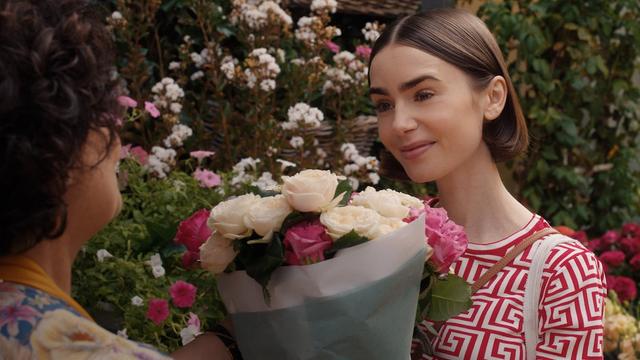
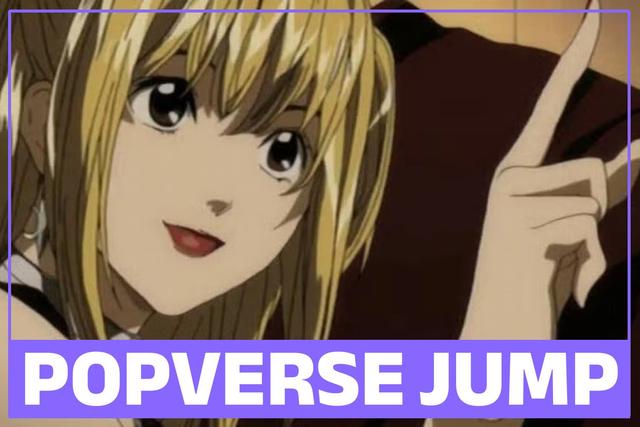
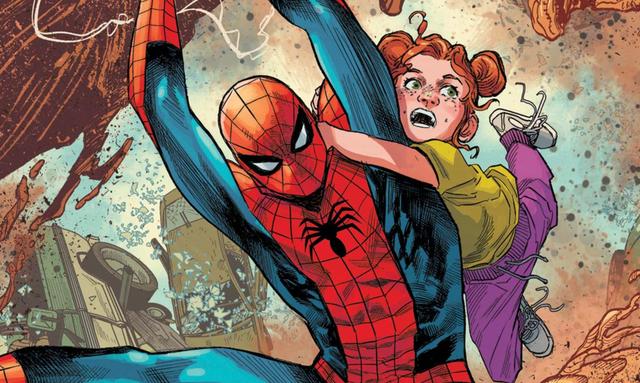







Comments
Want to join the discussion? Please activate your account first.
Visit Reedpop ID if you need to resend the confirmation email.